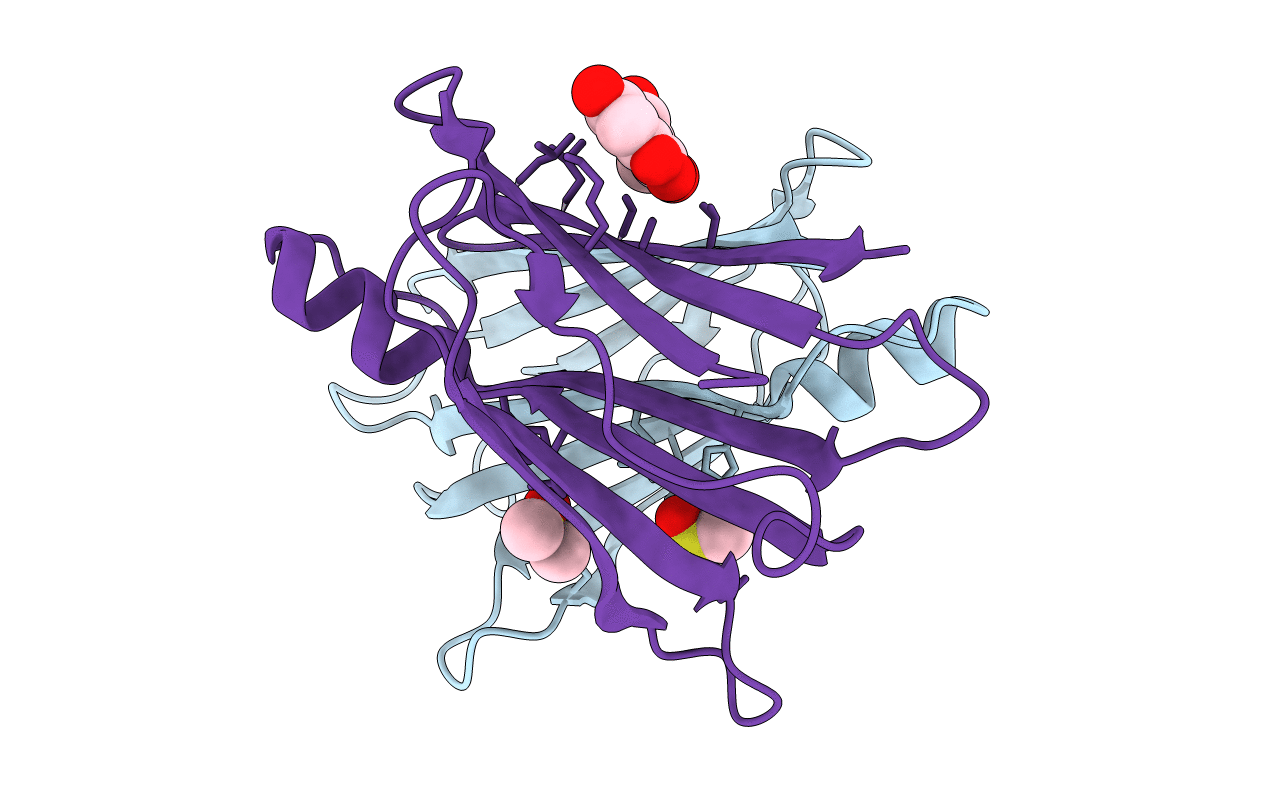
Deposition Date
2014-10-13
Release Date
2015-08-05
Last Version Date
2024-01-10
Entry Detail
PDB ID:
4WNJ
Keywords:
Title:
Crystal structure of Transthyretin-quercetin complex
Biological Source:
Source Organism:
Homo sapiens (Taxon ID: 9606)
Host Organism:
Method Details:
Experimental Method:
Resolution:
1.40 Å
R-Value Free:
0.19
R-Value Work:
0.15
R-Value Observed:
0.15
Space Group:
P 21 21 2


